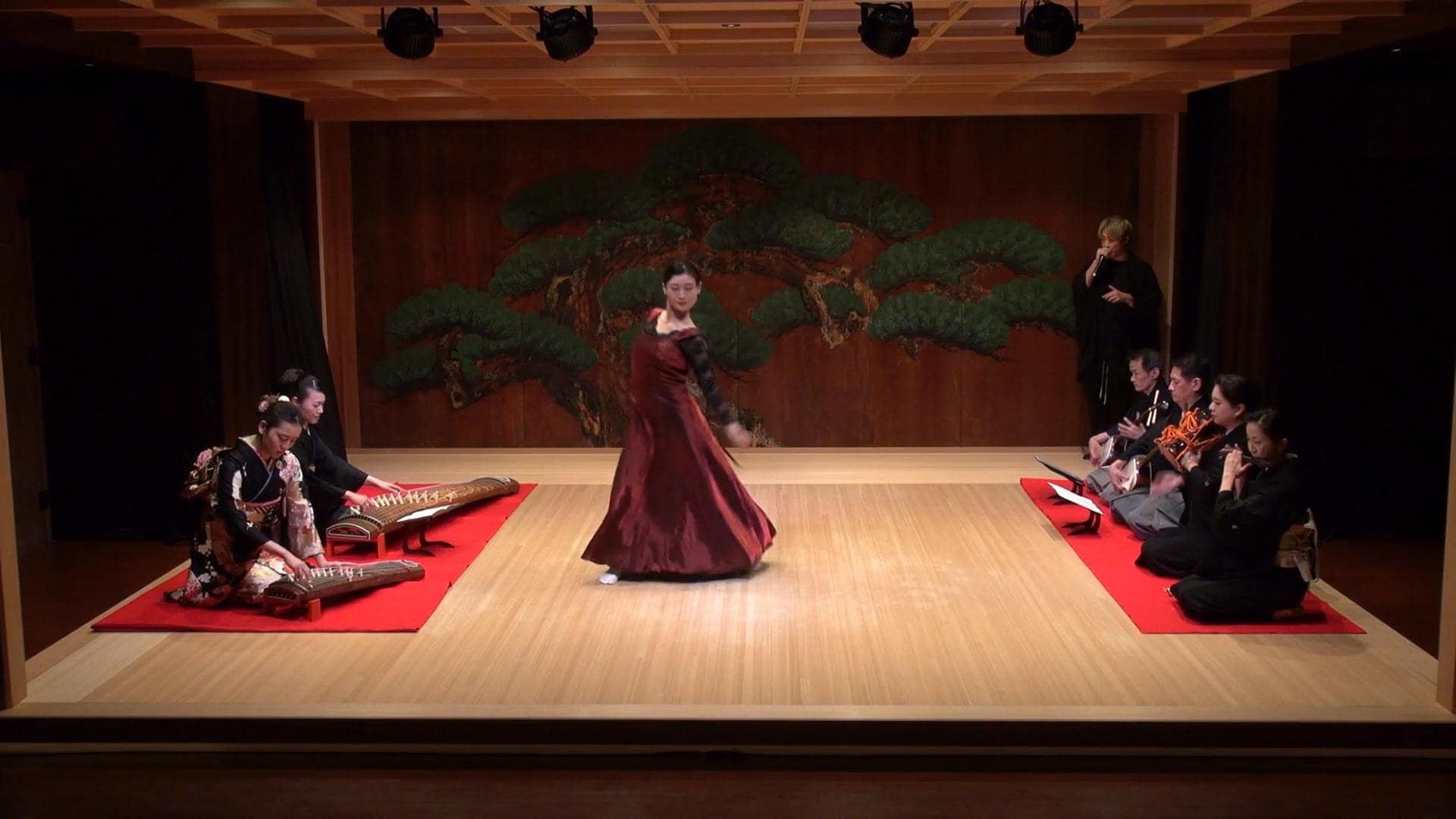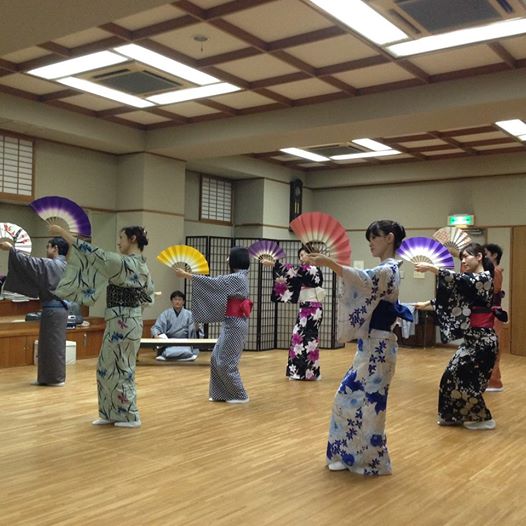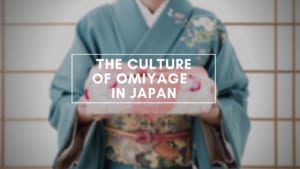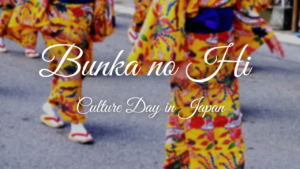Senju: A School of Nihon Buyo that Transcends Genres
A fusion between Japanese tradition and modern culture

Nihon Buyo (日本舞踊) is a classical Japanese performing dance that has its origins in Kabuki performance and was most prominent during the Meiji period (late 19th century). This performing art form has evolved into many different schools of Nihon Buyo, each with its unique style and story behind it; One of those schools is Senju (扇寿流).
In this article, I will introduce to you what Nihon Buyo is as well as the school of Senju, and I will share with you some of the events you can check out to experience this fascinating world of Nihon Buyo.
*Please note that this article contains affiliate links.
What is Nihon Buyo?
As I mentioned in the intro of this article, Nihon Buyo is a performing art that has its roots in Kabuki performance. It is an essential part of Japanese traditional culture and has evolved over the years. This art form consists of three main components which are Odori (踊り), Mai (舞), and Furi (振り), all of these being earlier dance traditions. Odori consists of moving along with rhythmic beats. Mai is about expressing inner calmness with gentle movements. Furi is to move along to music accordingly to tell a story.
The word “Nihon Buyo” became widely used in the Meiji period, and before that, Kabuki was initiated at the beginning of the 17th century in Kyoto. Kabuki is nowadays considered an Important Intangible Cultural Property, and you can see a statue in front of the Kyoto Minamiza theater a statue commemorating the birthplace of Kabuki.
In recent times, Nihon Buyo has become independent from Kabuki and many professional Nihon Buyoka (Nihon Buyo performers) are active, spreading the popularity of this traditional art form’s refined and enchanting performances.
Fusion between Japanese tradition and modern culture
Japanese traditional culture has flexibility and tolerance toward modern culture, making it easy to incorporate into many different art forms such as music and fashion. It is not uncommon to hear music that mixes traditional Japanese elements with that of modern music. You will also often see modern clothing designs with traditional patterns or traditional materials. Wearing a Kimono is nowadays considered fashionable to the point that you will see both young locals and foreign visitors wearing them.
Did you know there’s an event that takes this characteristic of Japanese culture to a whole new level by matching it with some of the most trendy and modern art forms?
“Wabunka Tsunagu Kai” (和文化繋ぐ会) is an event brought to you by the school of Nihon Buyo “Senju” (扇寿流), that allows you to appreciate Japanese traditional performing arts and crafts in a brand new way by fusing them with various modern art forms, transcending genres. Some of the things you will see in this event include dancing performances that mix elements of both Nihon Buyo and ballet dancing, fashion demonstrations of re-designing Kimono dresses, musical performances that mix Tsugaru-shamisen with a human beatbox, and much more as well as performances of traditional Nihon Buyo with traditional Japanese music.
All these performances feel new and unconventional, and they will definitely leave a strong impression on you. This event which is a fusion of tradition and modern culture is planned to be held periodically, and we strongly recommend you check it out!
For more information
The Nihon Buyo performers from this event are from the school of Nihon Buyo called “Senju”. Senju started in Canada and since then, it has performed for over a million spectators across the world. It has performed in countries such as the US, France, Germany, Italy, Philipines, Indonesia, Malaysia, Korea, and Taiwan amongst many more.
You can join their Nihon Buyo lessons held in Osaka. For more info, check the link below.
▶ Official website here: https://www.nihonbuyo.net/experience
They have also developed VR software where you can experience Nihon Buyo. For more info, check the link below.
▶ Official website here: https://www.nihonbuyo.net/%E8%A4%87%E8%A3%BD-home
▽Subscribe to our free news magazine!▽
I hope this article was fun and informative. What we introduced in this article is just a small portion compared to all that Japanese culture has to offer. If you like this kind of content and would like to learn more, be sure to check our other articles from the links below.
▽Related Articles ▽
▼Editor’s Picks▼
Written by
Born and raised in Costa Rica, I started living in Tokyo from college. I love traveling within Japan & around the world. Since I wasn’t born in Japan, I know the cultural impact that you can get when visiting Japan for the first time and what you might be worried about before your trip. And I’ve lived long enough to somewhat understand the nuances of the Japanese culture that make this country such an attractive place to visit. Hopefully I can provide to you both the information you’re looking for and the information you didn’t know you needed to know.



















